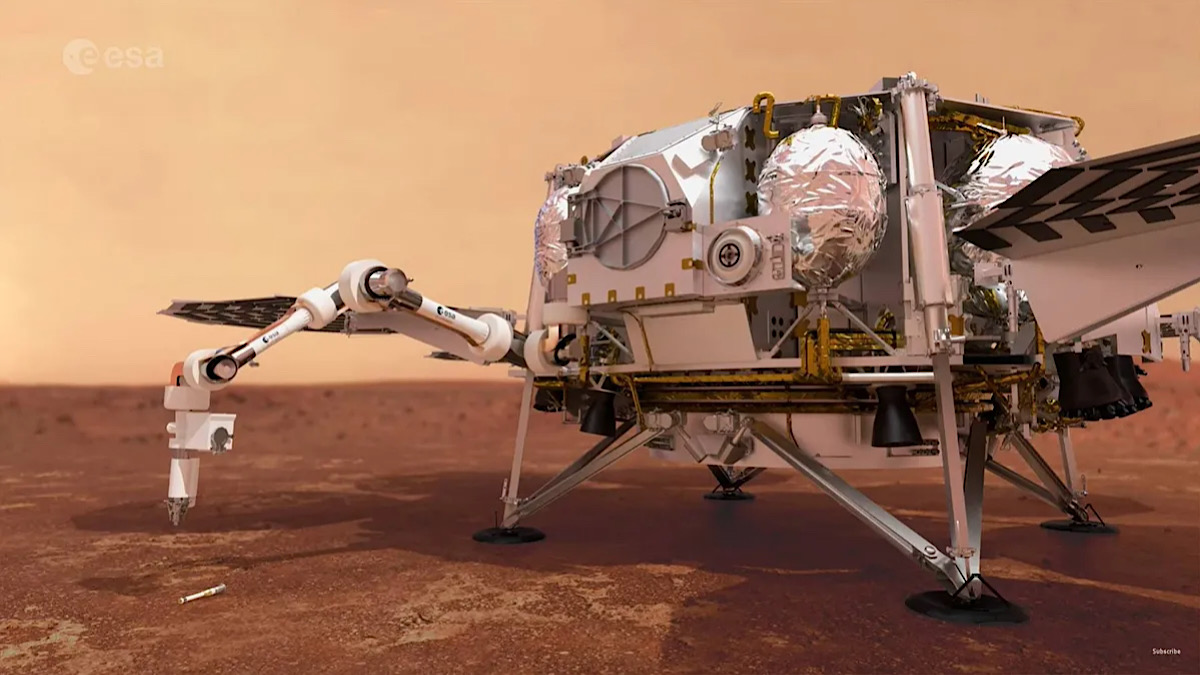HOWEVER, GETTING THOSE SAMPLES BACK TO EARTH IS A COMPLEX AND CHALLENGING PROCESS. TO HELP WITH THIS TASK, NASA HAS DEVELOPED A ROBOTIC ARM THAT WILL PLAY A KEY ROLE IN THE MARS SAMPLE RETURN MISSION.
The Sample Caching System on board the Perseverance rover includes a seven-foot-long robotic arm equipped with a drill and a coring mechanism. The arm can collect rock samples from the Martian surface, seal them in special tubes, and deposit them in a storage system located inside the rover.
Once the samples are safely stored, the rover will deposit them on the surface of Mars for future retrieval by a follow-up mission. That mission, called the Mars Sample Return campaign, will launch a spacecraft to Mars to collect the samples and bring them back to Earth.
The robotic arm is a crucial component of the Sample Caching System and must perform flawlessly to ensure that the samples are collected and stored properly. To test the arm’s capabilities, NASA engineers put it through a series of rigorous tests, including drilling into rocks of various hardness and collecting samples in extreme temperature conditions.
The Mars Sample Return mission is a joint effort between NASA and the European Space Agency, and it represents a major milestone in the study of Mars. By bringing back samples from the Red Planet, scientists hope to gain a better understanding of its geology and potentially discover evidence of past life.
Overall, the development of the robotic arm for the Mars Sample Return mission is a testament to the ingenuity and technical prowess of the teams at NASA and the European Space Agency. With this cutting-edge technology, we may soon have the opportunity to study Martian rocks up close and unlock the secrets of our neighboring planet.


